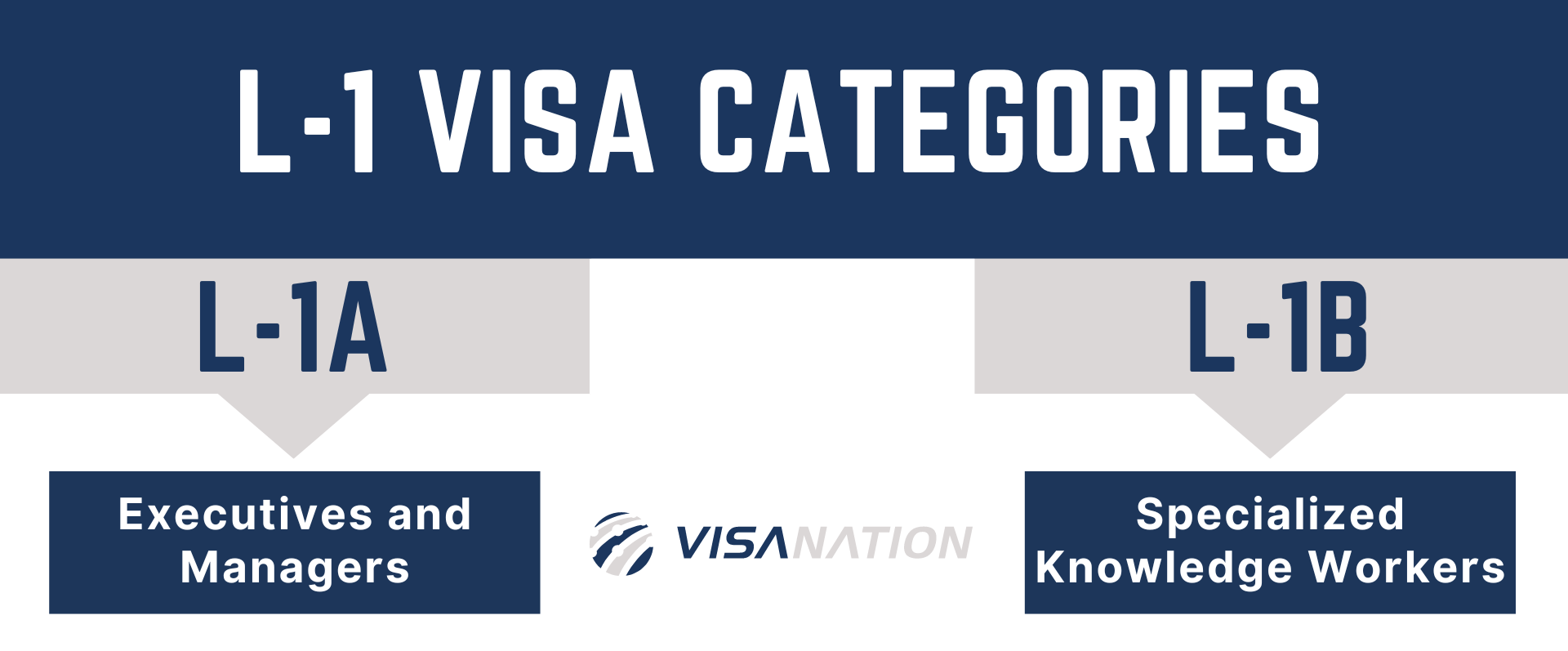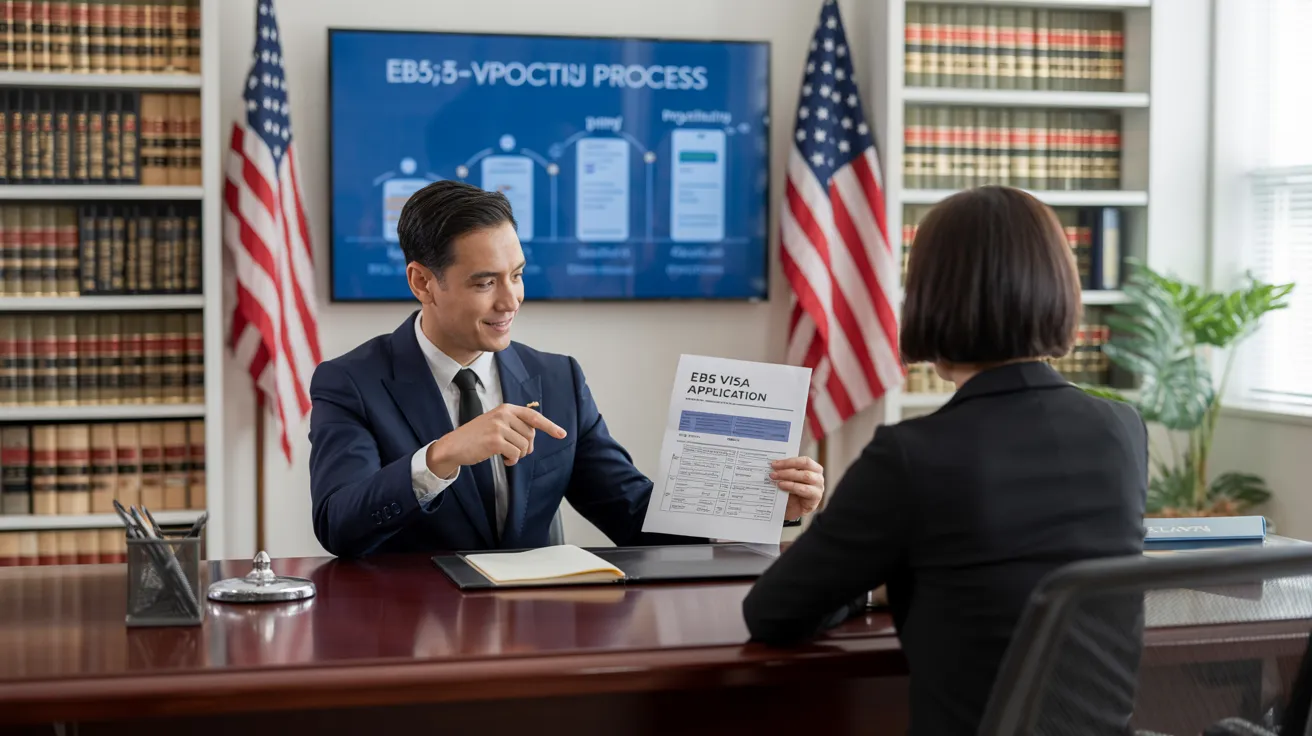The Greatest Guide To L1 Visa
Table of ContentsLittle Known Questions About L1 Visa.L1 Visa - An OverviewThe Single Strategy To Use For L1 VisaAll About L1 VisaGetting The L1 copyright WorkThe Greatest Guide To L1 Visa
Available from ProQuest Dissertations & Theses Worldwide; Social Scientific Research Premium Collection. (2074816399). (PDF). Congress. (PDF). DHS Workplace of the Inspector General. (PDF). (PDF). "Nonimmigrant Visa Data". Fetched 2023-03-26. Division of Homeland Safety Office of the Assessor General, "Testimonial of Susceptabilities and Potential Abuses of the L-1 Visa Program," "A Mainframe-Size Visa Technicality".
U.S. Department of State. Gotten 22 August 2016. "Employees paid $1.21 an hour to set up Fremont tech business's computer systems". The Mercury Information. 2014-10-22. Obtained 2023-02-08. Costa, Daniel (November 11, 2014). "Obscure short-lived visas for international technology employees dispirit earnings". Capital. Tamen, Joan Fleischer (August 10, 2013). "Visa Holders Replace Workers".
Some Known Facts About L1 Visa.
In order to be eligible for the L-1 visa, the international business abroad where the Beneficiary was utilized and the U.S. firm need to have a qualifying relationship at the time of the transfer. The various kinds of qualifying connections are: 1. Parent-Subsidiary: The Moms and dad means a company, firm, or various other legal entity which has subsidiaries that it owns and regulates."Subsidiary" indicates a firm, company, or other lawful entity of which a parent has, straight or indirectly, even more than 50% of the entity, OR has less than 50% yet has monitoring control of the entity.
Firm A possesses 100% of the shares of Company B.Company A is the Parent and Company B is a subsidiary. There is a qualifying connection in between the 2 business and Firm B should be able to sponsor the Beneficiary.
Example 2: Business A is integrated in the united state and intends to petition the Beneficiary. Business B is incorporated in Indonesia and utilizes the Beneficiary. Firm A possesses 40% of Firm B. The remaining 60% is owned and controlled by Business C, which has no relationship to Company A.Since Business A and B do not have a parent-subsidiary connection, Firm A can not fund the Beneficiary for L-1.
Business A possesses 40% of Business B. The continuing to be 60% is possessed by Business C, which has no relation to Firm A. Nevertheless, Business A, by formal arrangement, controls and full takes care of Business B.Since Company A possesses less than 50% of Firm L1 Visa process B however manages and regulates the business, there is a qualifying parent-subsidiary connection and Company A can fund the Recipient for L-1.
The 7-Minute Rule for L1 Visa
Firm B is incorporated in the U.S.
The Best Guide To L1 Visa

The L-1 visa is an employment-based visa classification developed by Congress in 1970, allowing international companies to move their supervisors, executives, or essential workers to their United state operations. It is typically referred to as the intracompany transferee visa.

In addition, the recipient has to have worked in a supervisory, exec, or specialized employee position for one year within the three years preceding the L-1A application in the international company. For new office applications, foreign employment should have remained in a supervisory or executive ability if the beneficiary is involving the United States to work as a supervisor or exec.
How L1 Visa can Save You Time, Stress, and Money.

If given for a united state company functional for more than one year, the initial L-1B visa is for approximately three years and can be prolonged for an additional two years L1 Visa process (L1 Visa). On the other hand, if the U.S. company is newly developed or has been functional for less than one year, the preliminary L-1B visa is provided for one year, with expansions readily available in two-year increments
The L-1 visa is an employment-based visa category established by Congress in 1970, enabling international firms to transfer their managers, executives, or crucial employees to their united state operations. It is frequently described as the intracompany transferee visa. There are two main kinds of L-1 visas: L-1A and L-1B. These kinds are ideal for employees employed in different positions within a company.
Get This Report on L1 Visa
Additionally, the recipient must have operated in a supervisory, executive, or specialized employee setting for one year within the 3 years coming before the L-1A application in the foreign business. For new office applications, international work needs to have remained in a supervisory or executive capability if the beneficiary is involving the USA to work as a manager or exec.
for approximately 7 years to supervise the procedures of the united state associate as an executive L1 Visa process or supervisor. If provided for a united state company that has been operational for even more than one year, the L-1A visa is initially approved for as much as three years and can be prolonged in two-year increments.
If approved for an U.S. business operational for more than one year, the preliminary L-1B visa is for as much as 3 years and can be prolonged for an additional 2 years. On the other hand, if the U.S. firm is recently developed or has been functional for less than one year, the initial L-1B visa is released for one year, with extensions readily available in two-year increments.